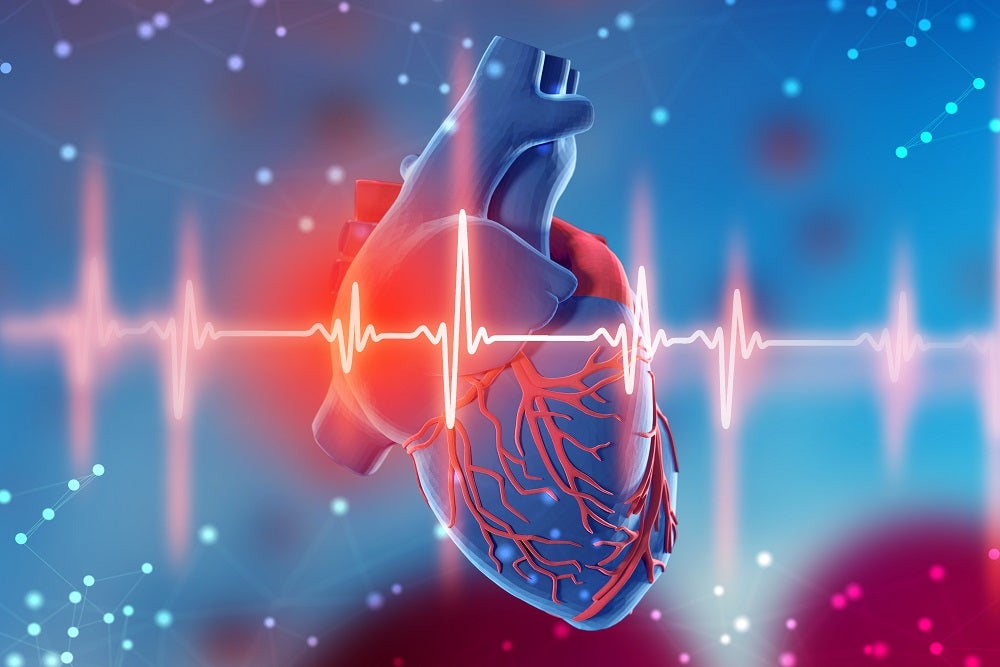
According to the CDC, approximately 6.2 million adults in the United States have heart failure, a number that is only expected to increase.
A GlobalData report states that the heart failure market is anticipated to grow from $3.7bn in 2018 to $22.1bn in 2028 across the eight major markets. Key drivers for the market include the increasing prevalence of chronic heart failure due to the aging global population and/or the increased prevalence of co-morbidities such as diabetes, as well as improved treatment and survival after a myocardial infarction.
A major factor in helping patients with cardiovascular problems is early intervention. While there are symptoms of heart failure to look out for, such as changes in weight, fatigue and shortness of breath, changes in hemodynamics can precede symptoms by days or weeks, offering the opportunity for early detection and treatment.
Implantable cardiovascular monitoring devices
Implantable monitoring devices can detect changes in pulmonary-artery pressure. Comprising an implantable pulmonary-artery sensor and a fine-wire transmission system, these devices allow patients to send readings directly to a physician.
Patients, healthcare providers, and loved ones will be alerted if the patient is at risk. Continuous monitoring allows for physicians to provide treatment or adjust medication based on real-time data without patients needing to frequently visit a healthcare facility.
Advancements in cardiovascular monitoring devices have changed and saved lives. Even athletes in peak physical shape have found themselves in need of an implantable cardioverter defibrillator (ICD) and have not only been able to live a fulfilling life, but have been able to return to their sport.
An ICD is placed under the skin and continually checks heart rate and rhythm using electrodes. If the ICD picks up a dangerous heart rhythm, it can intervene in a number of ways. For pacing, it delivers a series of fast-paced low-voltage electrical impulses to correct the heart rhythm, while for cardioversion it delivers one or more small electric shocks. For defibrillation, one or more larger electric shocks is delivered in order to return to a healthy heart rhythm.
Implantable cardioverter defibrillators are used by a wide range of people who have had a life-threatening abnormal heart rhythm and are at risk of it happening again, or tests show you are at risk of one in the future, usually due to inherited conditions such as Cardiomyopathy, Long QT syndrome or Brugada syndrome. Patients who have heart failure and are at risk of developing a life-threatening heart rhythm require cardiac resynchronisation therapy with a defibrillator (CRT-D), which is a device that combines a pacemaker with an ICD.
The wire components in these devices are vitally important, as changes to pulmonary-artery
pressure must be reliably sensed and transmitted for the device to work. EXERA® medical wire from Alleima (formally known as Sandvik Materials Technology) is perfectly calibrated for each application, utilising a team of experts in metallurgy, process development, and surface treatments.
To find out more about how Alleima develops sensory wire for remote monitoring devices, download the whitepaper below.



